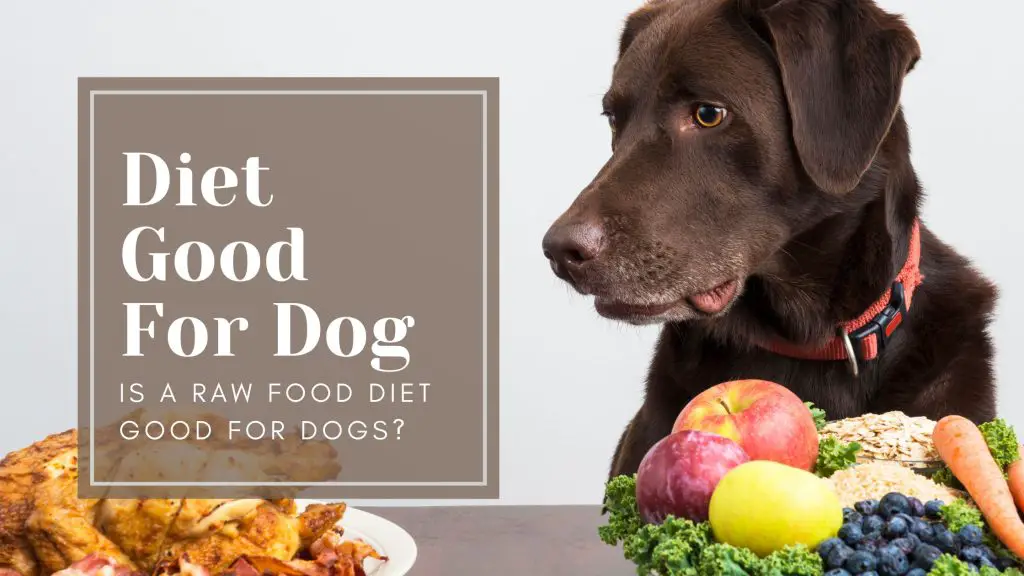Welcome to the world of pet nutrition, where the age-old debate on what to feed our furry friends has taken an intriguing turn – the raw food diet for dogs. As pet owners, we’re constantly seeking ways to ensure the well-being of our canine companions, and the surge in popularity of raw food diets has sparked both curiosity and controversy. In this article, we’ll delve into the raw food phenomenon, exploring its origins, the heated discussions surrounding its pros and cons, and the crucial considerations every responsible pet owner should bear in mind.
The Rise of Raw: A Trend or a Transformation? In recent years, the raw food diet for dogs has gained momentum, with pet owners embracing the idea that a more natural, ancestral diet might be the key to unlocking optimal health for their furry friends. But is this trend merely a passing fad, or does it signal a significant transformation in how we perceive and cater to our dogs’ nutritional needs?
As with any new or unconventional approach, the raw food diet for dogs hasn’t escaped scrutiny. Veterinary professionals, researchers, and pet owners find themselves on different sides of the debate. We’ll explore the arguments for and against this diet, considering both scientific evidence and anecdotal experiences.
Why are pet owners increasingly drawn to raw food diets for their dogs? Beyond the trendiness, there’s a genuine desire to enhance the overall well-being of our four-legged friends. This article aims to untangle the complex web of information, providing insights into whether a raw food diet is a viable and beneficial choice for your canine companion.
Buckle up as we embark on a journey through the nutritional landscape of our loyal companions, exploring the raw truth about raw dog food diets.
What should be included in a raw dog food diet?
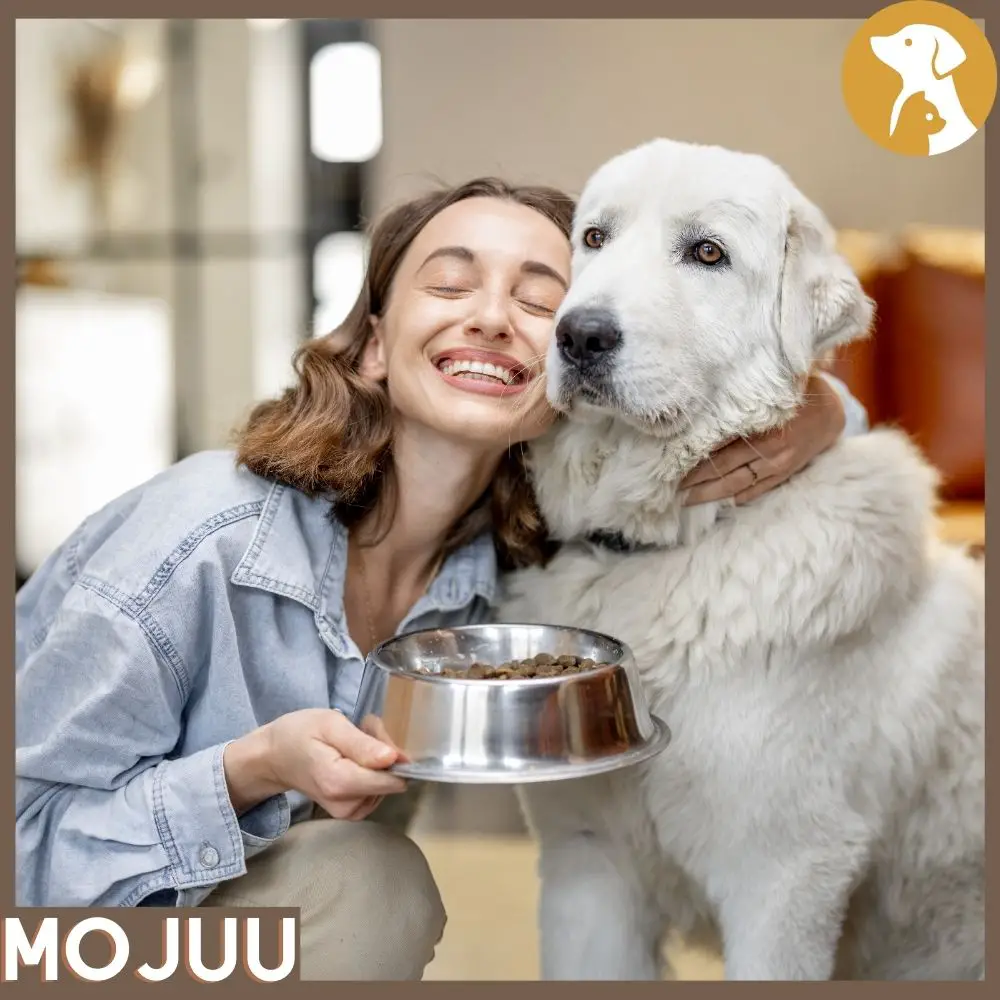
Essential Nutrients for Dogs
- Protein Sources: Dogs thrive on protein, and a raw food diet should prioritize high-quality sources. Explore options such as lean meats, poultry, and fish, ensuring variety for a well-rounded amino acid profile.
- Healthy Fats: Incorporating essential fatty acids is crucial for your dog’s coat health, joint function, and overall vitality. Include sources like salmon, flaxseed, or chia seeds to provide these necessary fats.
- Carbohydrates: While dogs are primarily carnivores, carbohydrates offer energy and fiber. Opt for whole grains and vegetables like sweet potatoes or carrots, striking a balance to support your dog’s digestive health.
Avoiding Harmful Additives
Raw doesn’t mean unregulated. To ensure your dog’s safety, steer clear of additives like preservatives, artificial colors, or excessive seasoning. A simple, natural approach is key to reaping the benefits of a raw diet.
Balancing the Diet for Optimal Health
Achieving a balanced nutritional profile is crucial. Consider consulting with a veterinary nutritionist to tailor the diet to your dog’s specific needs, factoring in age, breed, and any underlying health conditions.
Embarking on a raw food journey for your dog involves more than just tossing them a raw steak. The key lies in a thoughtful selection of nutrients, striking a harmonious balance that supports their overall health and vitality. Let’s delve deeper into the specifics of crafting a well-rounded raw diet for your furry friend.
Do vets recommend a raw food diet?
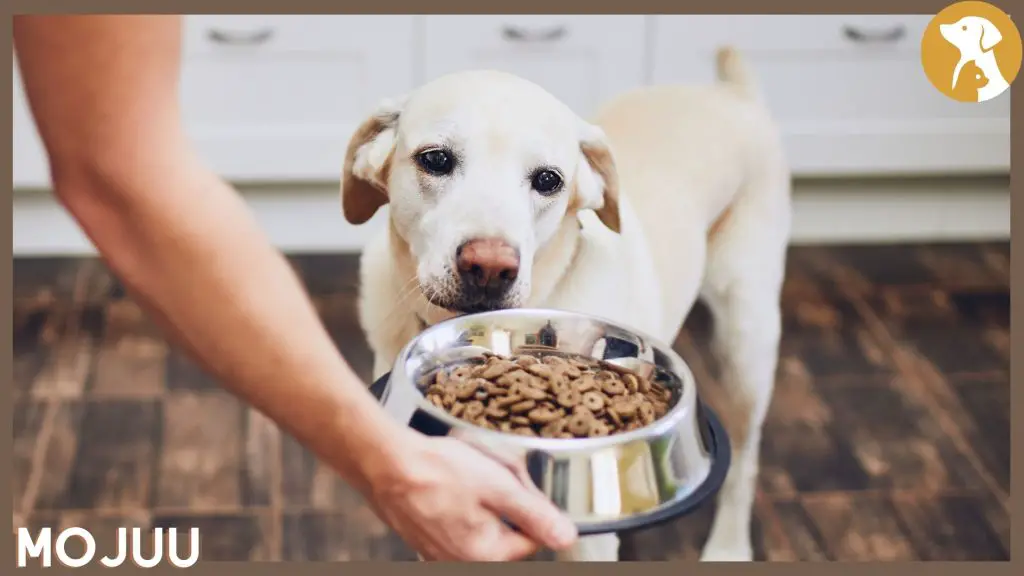
Overview of Professional Opinions
The question of whether veterinarians endorse raw food diets for dogs sparks varied responses within the veterinary community. While some practitioners champion the benefits of raw feeding, others express concerns about potential health risks. We’ll explore the spectrum of professional opinions to provide a comprehensive view.
Studies and Research Supporting or Challenging Raw Food Diets
Delving into the scientific realm, we’ll examine existing studies and research that shed light on the efficacy and safety of raw food diets for dogs. From improved dental health to potential bacterial contamination, understanding the evidence is vital for informed decision-making.
The Importance of Consulting with a Veterinarian
Amidst the conflicting opinions, one consensus remains – the need for professional guidance. We’ll emphasize the crucial role veterinarians play in tailoring nutritional recommendations for individual dogs, taking into account their unique health profiles and dietary requirements.
In the quest for the ideal diet for your dog, it’s essential to consider the insights and expertise of those who dedicate their lives to animal health. Join us as we navigate through the diverse perspectives within the veterinary community, aiming to provide you with a well-rounded understanding of whether raw food diets get the vet’s stamp of approval.
What should a raw dog diet look like?
Sample Meal Plans
Crafting a raw dog food diet requires thoughtful planning. We’ll provide sample meal plans to guide you in creating a well-balanced diet for your canine companion. From breakfast to dinner, understanding portion sizes and nutrient distribution is key to meeting your dog’s nutritional needs.
Tailoring the Diet to the Dog’s Age and Health
Dogs, like humans, have varying nutritional requirements at different life stages. We’ll explore how to adapt a raw food diet to cater to puppies, adult dogs, and seniors, ensuring they receive the right nutrients for optimal growth, maintenance, or age-related health concerns.
Common Mistakes to Avoid in Preparing Raw Dog Food
Embarking on a raw dog food diet journey comes with potential pitfalls. We’ll highlight common mistakes pet owners make, from inadequate nutrient diversity to improper food handling. Learn how to steer clear of these errors to provide a safe and nutritious diet for your furry friend.
Crafting a raw dog food diet isn’t a one-size-fits-all endeavor. Join us as we break down the components of a balanced diet, offering practical insights into meal planning, customization based on age and health, and crucial tips to sidestep common pitfalls. Your dog’s well-being is at the heart of our nutritional exploration.
Is a Raw Food Diet Better For Dogs?

Examining the Benefits
Improved Coat Health
A well-formulated raw food diet is often praised for enhancing coat health. Explore the role of essential fatty acids and protein in promoting a shiny, lustrous coat that reflects your dog’s overall vitality.
Dental Benefits
Advocates of raw feeding claim dental advantages, asserting that chewing on raw bones can reduce plaque and tartar. We’ll unpack the science behind these claims and explore whether a raw diet can truly contribute to better oral health.
Increased Energy Levels
Proponents argue that a raw food diet can boost energy levels in dogs. We’ll delve into the nutritional factors supporting this claim, examining how the right balance of nutrients can contribute to increased vitality and overall well-being.
Addressing Potential Risks
Bacterial Contamination
Raw meat carries the risk of bacterial contamination, posing potential health hazards for both dogs and their human companions. We’ll explore the precautions necessary to mitigate this risk and ensure a safe raw feeding experience.
Nutritional Imbalances
Achieving a balanced raw diet requires meticulous planning. We’ll discuss the common pitfalls that can lead to nutritional imbalances, impacting your dog’s health. Understanding these risks is essential for responsible raw feeding.
Digestive Issues
Transitioning to a raw food diet can sometimes lead to digestive challenges. We’ll provide insights into common issues and offer tips on how to ease the transition, ensuring your dog adapts comfortably to their new diet.
In the quest to determine whether a raw food diet is truly superior for dogs, we’ll weigh the potential benefits against the associated risks. Join us as we navigate through the complexities of canine nutrition, aiming to provide a balanced perspective on the raw feeding phenomenon.
What Are The Disadvantages Of Raw Food Diet For Dogs?
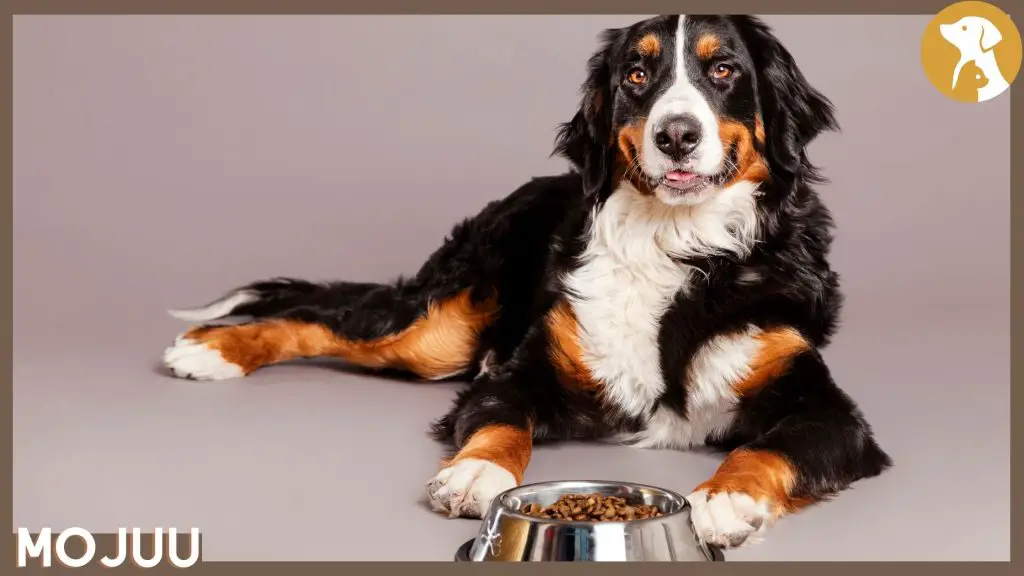
Health Risks Associated with Raw Meat
Raw meat, while a natural component of a dog’s diet, comes with inherent risks. We’ll discuss the potential dangers of bacterial contamination, parasites, and other pathogens that can pose health threats to both dogs and their human companions.
Potential for Unbalanced Nutrition
Crafting a nutritionally complete raw diet requires precision. We’ll delve into the challenges of achieving a balanced nutrient profile, exploring the risks associated with deficiencies or excesses in certain vitamins and minerals.
Challenges in Sourcing and Preparing Raw Food
The practical aspects of implementing a raw food diet can be daunting. From sourcing quality ingredients to safely preparing meals, we’ll address the logistical challenges that pet owners may face and offer tips for navigating these hurdles.
While the proponents of raw food diets tout numerous benefits, it’s crucial to shine a light on the potential disadvantages. Join us as we uncover the darker side of raw feeding, exploring the health risks, nutritional pitfalls, and practical challenges that pet owners need to be aware of when considering a raw diet for their canine companions.
Can Dogs Eat Raw Food Every Day?
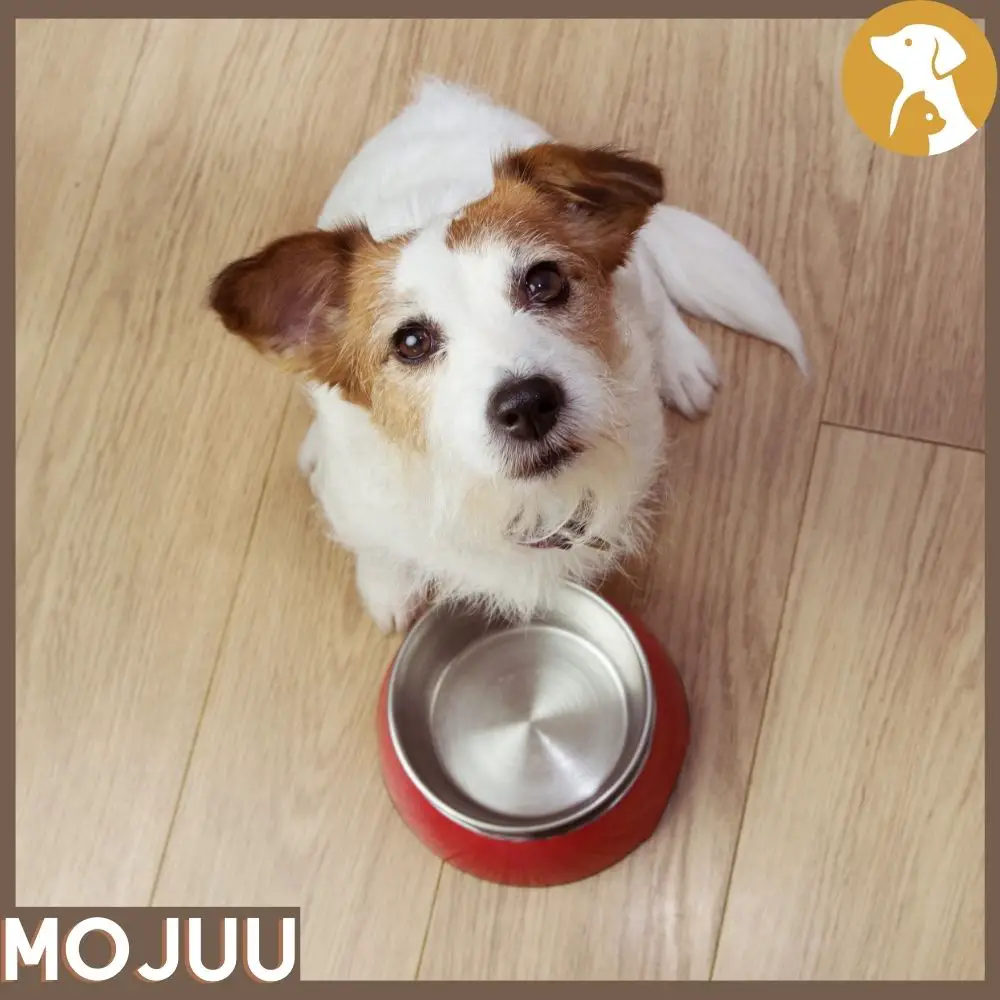
Frequency Considerations
Determining the optimal frequency of feeding raw is crucial. We’ll explore whether a daily raw food diet is suitable for all dogs, considering factors such as age, health status, and individual dietary needs.
Alternatives to a Fully Raw Diet
While some dogs thrive on a fully raw diet, others may benefit from a more balanced approach. We’ll discuss alternative feeding options, including partial raw diets or incorporating high-quality commercial dog food to meet nutritional requirements.
Finding the Right Balance for Individual Dogs
Each dog is unique, and finding the right balance is key. We’ll provide insights into tailoring a feeding routine that aligns with your dog’s specific needs, promoting their overall health and well-being.
Navigating the frequency of raw feeding requires a nuanced approach, taking into account various factors that influence your dog’s dietary requirements. Join us as we explore the intricacies of daily raw feeding and offer guidance on striking the perfect balance for your furry friend.
What Raw Food Is Good For Dogs?
Safe Raw Food Options
Not all raw foods are created equal. We’ll guide you through safe and nutritious options, including various meats, organs, and bones that contribute to a well-rounded raw diet. Understanding safe choices is essential for your dog’s health.
Nutrient-Rich Choices for a Well-Rounded Diet
Achieving a diverse nutrient profile is key to a successful raw food diet. We’ll delve into nutrient-rich options such as vegetables, fruits, and supplements that enhance the overall nutritional value of your dog’s meals.
Introducing Variety for Nutritional Diversity
Dogs benefit from a varied diet, just like humans. We’ll explore the importance of introducing variety into your dog’s meals, ensuring they receive a broad spectrum of nutrients to support their immune system, energy levels, and overall health.
Embarking on a raw food diet involves more than just offering meat to your dog. Join us as we explore a spectrum of raw food options, offering guidance on safe choices and emphasizing the importance of nutritional diversity for a vibrant and healthy canine companion.
Do Dogs Prefer Raw or Cooked Food?
Understanding Canine Preferences
Dogs, with their keen sense of smell and taste, exhibit preferences for certain types of food. We’ll explore the factors influencing their choices and delve into whether dogs naturally lean towards raw or cooked food.
Factors Influencing Food Preferences
From texture to aroma, various factors influence a dog’s food preferences. We’ll discuss the sensory aspects that play a role in determining whether your dog may favor the raw, natural texture of uncooked food or the warmth of a cooked meal.
Transitioning Between Raw and Cooked Diets
If you’re contemplating a shift in your dog’s diet, a smooth transition is essential. We’ll provide practical tips on transitioning between raw and cooked diets, ensuring your dog adapts comfortably to changes in texture, taste, and overall meal experience.
Discovering your dog’s culinary preferences is an intriguing journey that involves observing their reactions, understanding their sensory inclinations, and adapting their diet accordingly. Join us as we unravel the mystery behind canine taste preferences and offer insights into transitioning your dog between raw and cooked meals seamlessly.
Do Dogs Like Cooked or Raw Food Better?

Exploring Taste Preferences
Unravel the mystery of canine taste buds as we delve into whether dogs have a natural inclination towards the flavors of raw or cooked food. Understanding their preferences is key to crafting a diet that aligns with their tastes.
Adapting to Individual Dog Tastes
Just like humans, dogs have individual tastes and preferences. We’ll explore how factors such as breed, age, and health conditions can influence whether your furry friend leans towards the raw or cooked spectrum.
Tips for Introducing and Maintaining a Raw or Cooked Diet
Whether you’re considering a complete shift or incorporating elements of raw or cooked food into your dog’s diet, practical tips can make the transition smoother. We’ll provide actionable advice on introducing and maintaining a diet that resonates with your dog’s taste buds.
Embark on a culinary journey into the world of canine preferences, discovering whether your dog might lean towards the primal appeal of raw or the comfort of cooked meals. Join us as we explore the nuances of taste, individuality, and the joy of tailoring your dog’s diet to their unique preferences.
Conclusion
In the ever-evolving landscape of canine nutrition, the debate surrounding raw food diets for dogs continues to captivate the attention of pet owners. As we conclude our exploration into the raw versus cooked dilemma, it’s essential to synthesize the key takeaways.
Considering the potential benefits, such as improved coat health and increased energy levels, alongside the associated risks, including bacterial contamination and nutritional imbalances, pet owners find themselves at a crossroads. The decision to embrace a raw food diet for dogs should be approached with careful consideration, taking into account individual preferences, health conditions, and the guidance of veterinary professionals.
In the quest for the optimal diet for your furry friend, balance emerges as the guiding principle. A well-rounded diet, whether raw or cooked, should prioritize nutritional completeness, safety, and the specific needs of your dog.
As you navigate the rich tapestry of canine nutrition, always remember that your veterinarian is a crucial ally. Seek their guidance, discuss your concerns, and together, make informed decisions that contribute to the long and healthy life of your beloved pet.
FAQs – Unraveling Canine Dietary Mysteries
1. Can I switch my dog from kibble to a raw diet overnight?
It’s advisable to transition gradually over 7-10 days, mixing increasing amounts of raw food with your dog’s current diet to avoid digestive upset.
2. Are raw diets suitable for all dogs?
Not necessarily. Individual factors like age, health conditions, and preferences influence the suitability of a raw diet. Consult with your vet to determine the best approach for your dog.
3. How do I know if my dog prefers raw or cooked food?
Observe your dog’s reactions during meals, consider their breed and age, and experiment with introducing small portions of both raw and cooked foods to identify their preferences.
4. Are there commercial raw dog food options available?
Yes, many commercial brands offer pre-packaged raw dog food. Ensure they meet nutritional standards, and consult with your vet before making a switch.
5. Can I feed my dog a combination of raw and cooked food?
Absolutely. Balancing raw and cooked elements can provide variety and meet nutritional requirements. Consult your vet to create a tailored plan for your dog.
Navigating the world of canine nutrition is an ongoing journey, and as you embark on it, remember that each dog is unique. Tailor your approach to their individual needs, and you’ll be rewarded with a happy, healthy companion by your side.

